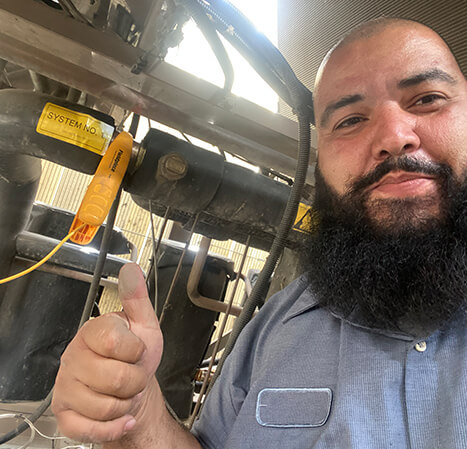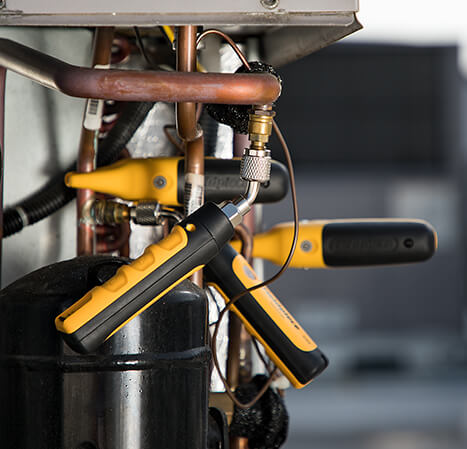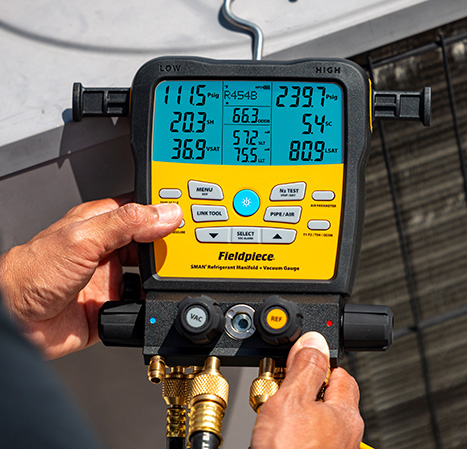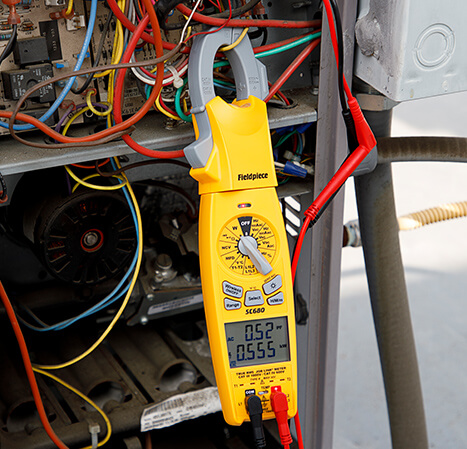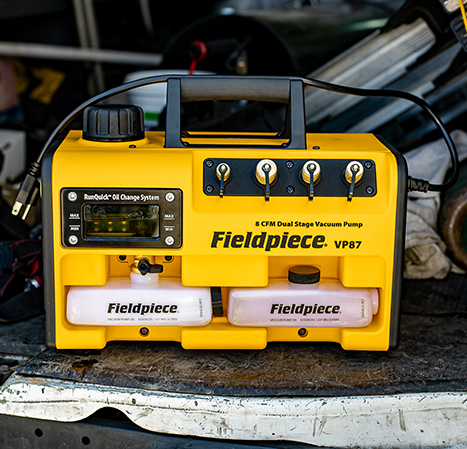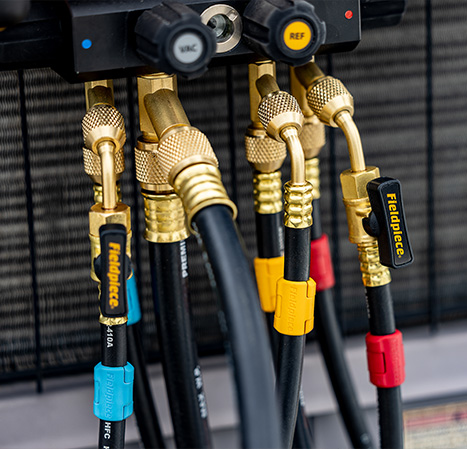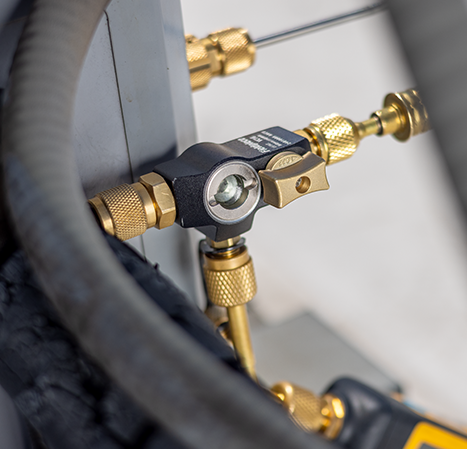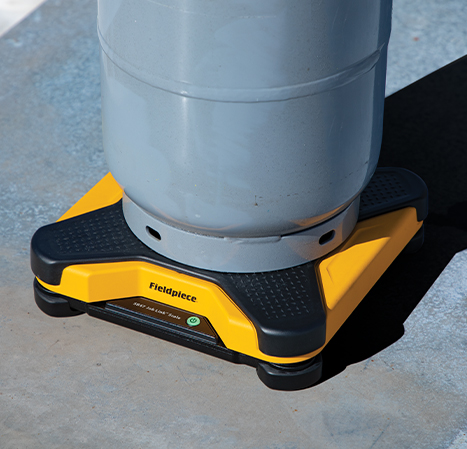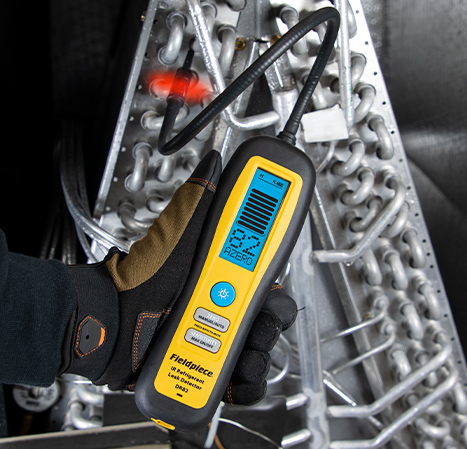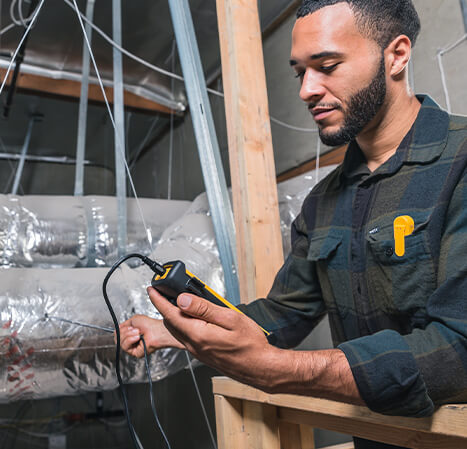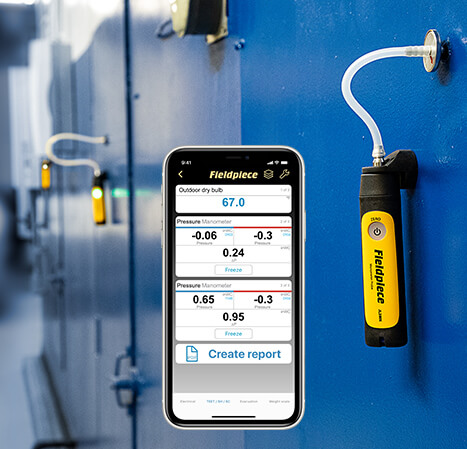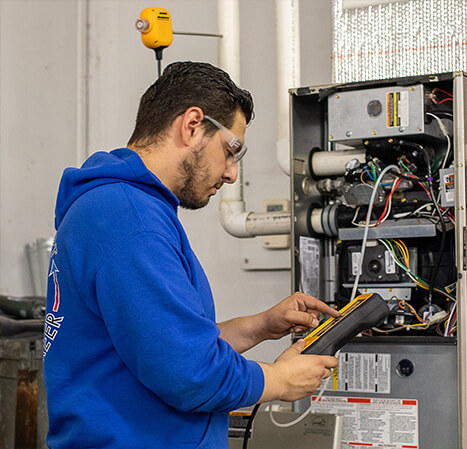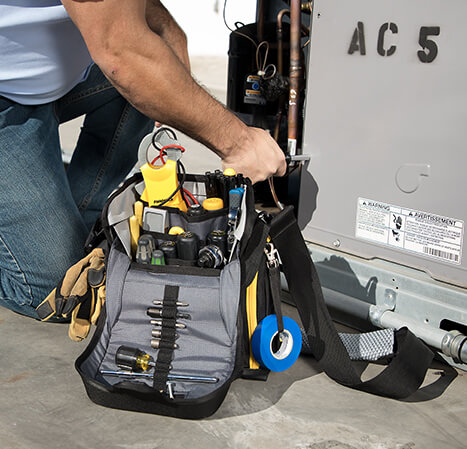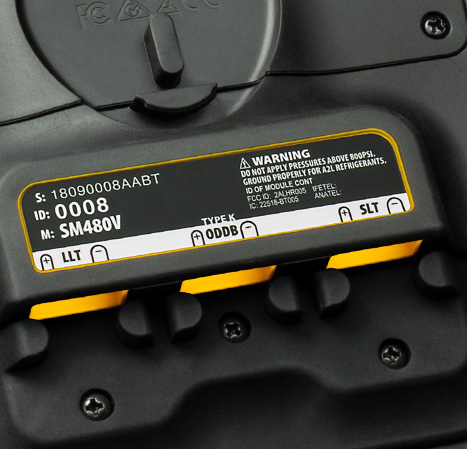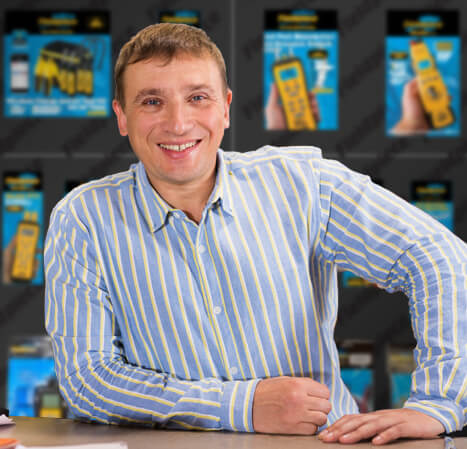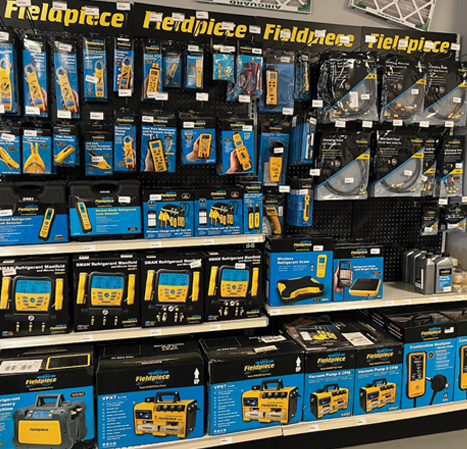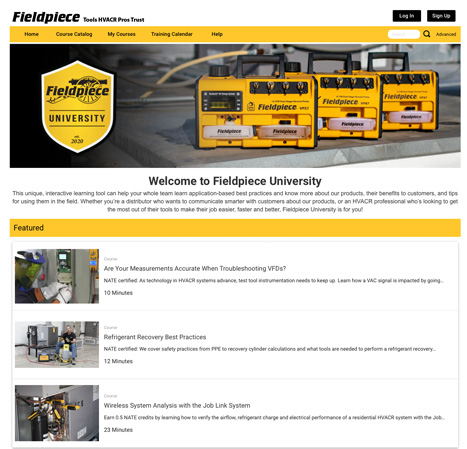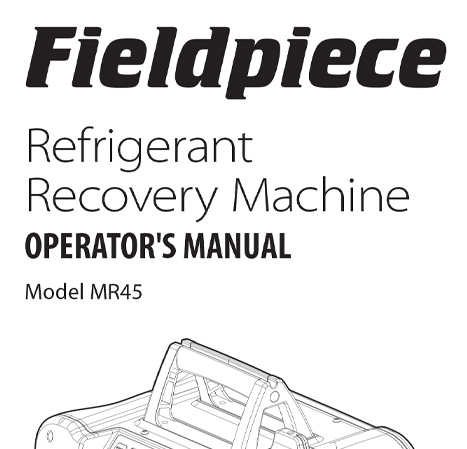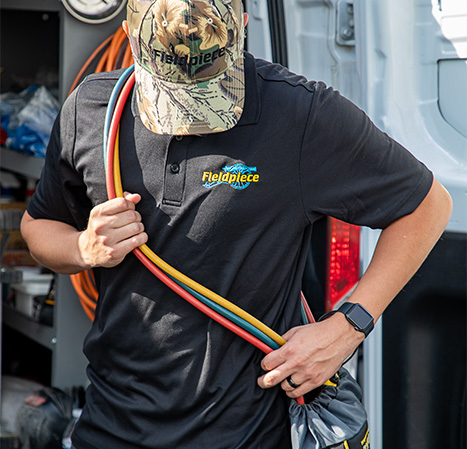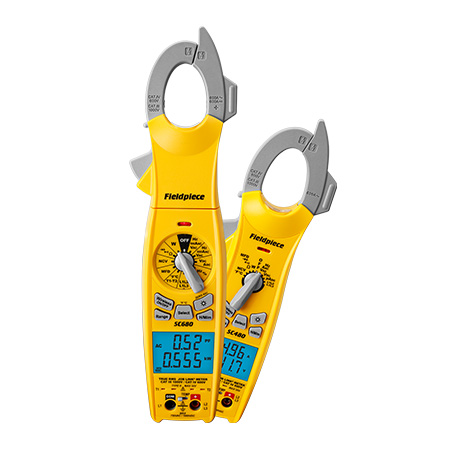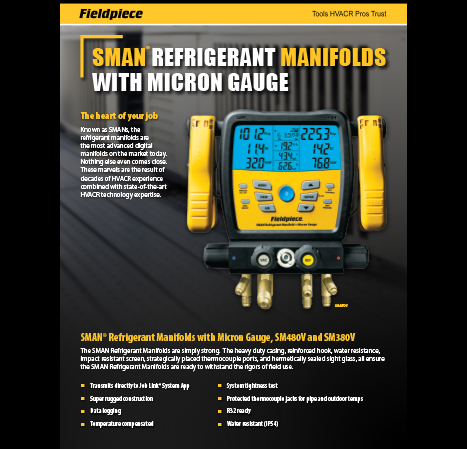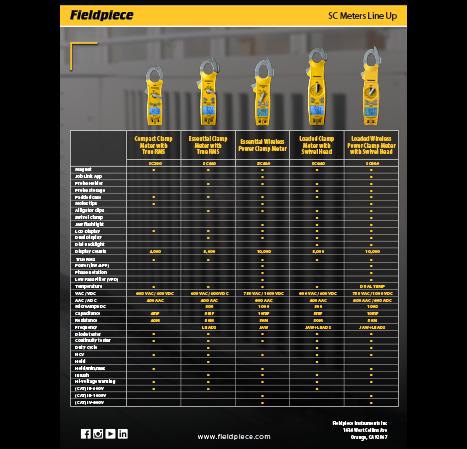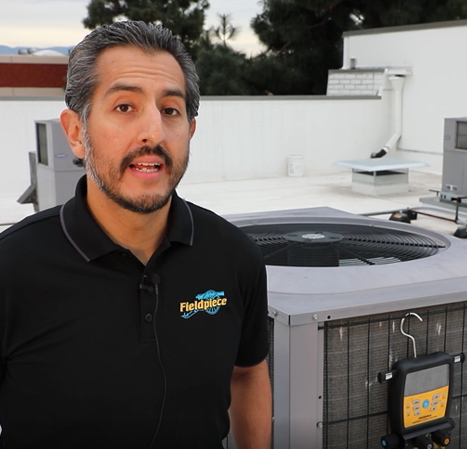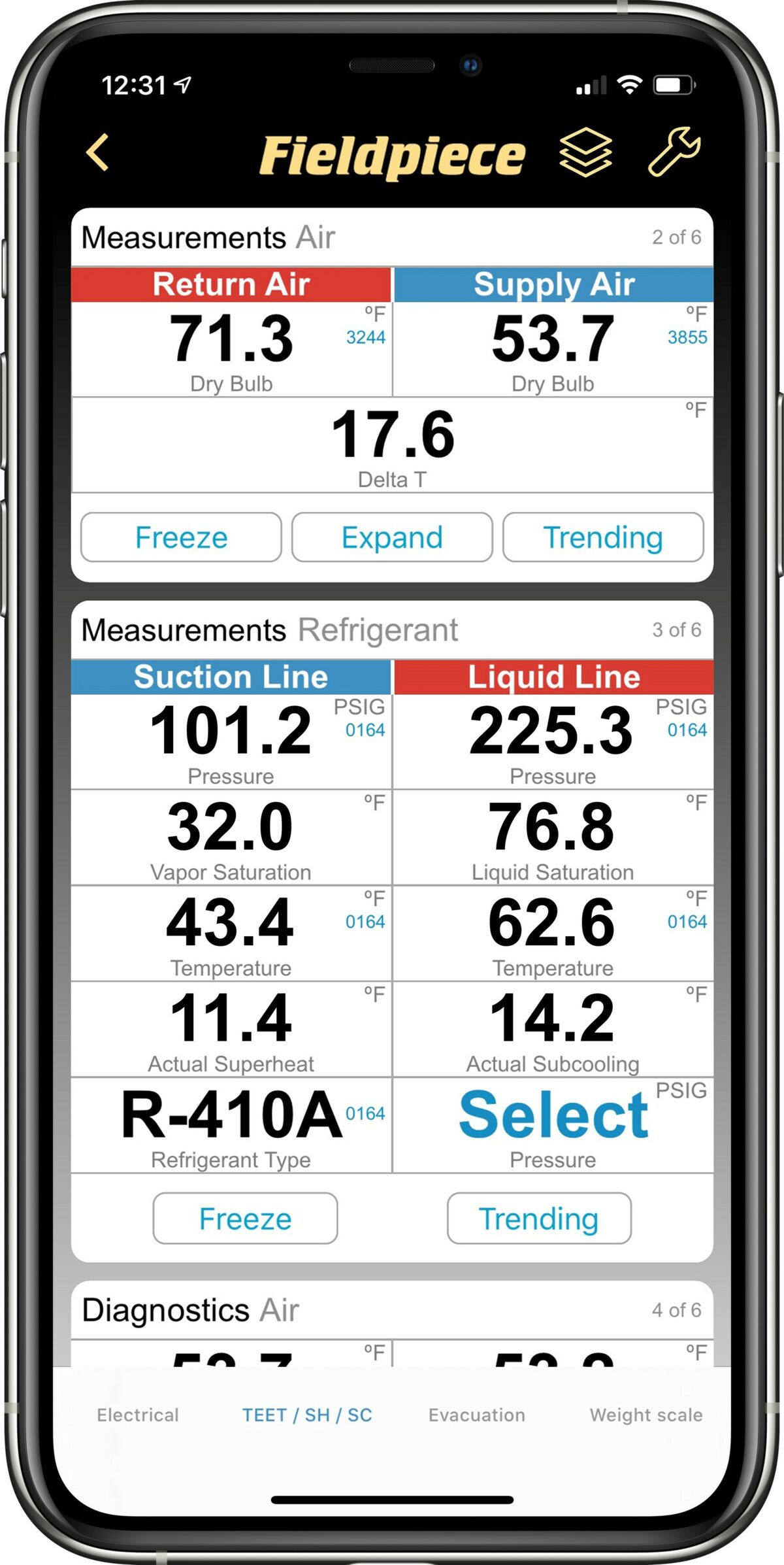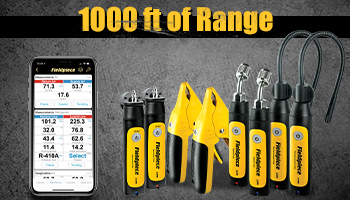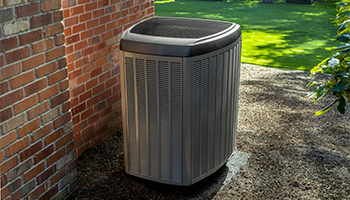Orange, Calif., April 13, 2021 – Fieldpiece Instruments, the industry leader in tool and test instruments for HVACR professionals, announces that customers using their existing tools can take advantage of the wireless Job Link System® from up to 1000’ away to measure, test, and report their findings. Sporting the longest wireless range in the industry, the Job Link System allows tools to be placed in optimum locations up to 1000’ apart to obtain accurate measurement results, and to make live system adjustments. The Job Link System helps HVACR Professionals increase their efficiency on every job by allowing them to be in more than one place at a time up to 1000’ away.
HVACR pros do not have to replace their existing tools to take advantage of the expanded wireless range. New and existing Fieldpiece manifolds, probes, scale and clamp meters all work with the Job Link System. Using the Job Link app, the HVACR Professional can document electrical readings, pressures, temps, and microns in one report to verify system efficiency to customers thereby saving time and decreasing call-backs. In addition, with the “Live Look-In” option, co-workers at the base office can remotely see the same measurements the tech is seeing in the field to easily help diagnose problems, and reduce call-backs.
“With the latest version of the Job Link app, existing Fieldpiece Job Link System tools can be used over longer wireless ranges up to 1000’ away to measure, test, and report findings right to your mobile device. You can take advantage of this industry-leading wireless range with the tools you have now! This is great for the professional in the field who is using our manifolds, probes, scale, or clamp meters in their everyday work at the customer’s location,” said Charlotte Loomis, Sr. Marketing Manager.
The Job Link System allows the user to receive multiple measurements from multiple locations in real-time on a smart device. Tools in the Job Link system communicate directly with the mobile device or SMAN digital manifolds using Bluetooth technology.
Since Job Link wirelessly connects to multiple probes and meters throughout a system, the HVACR pro gets a big picture look at the entire system in real-time – all from one screen. There’s no need for long cables and hoses or to continue to return to a tool to check a reading. As soon as adjustments are made to the system, real-time dynamic data will show on the device for quick adjustments.
For more information about the Job Link System please visit the product page https://www.fieldpiece.com/product-category/job-link-system/.
ABOUT FIELDPIECE: We deliver on this promise through industry-leading devices with the broadest range of professional-grade tools and technology inspired by real-world application and field use. Fieldpiece is focused on serving the HVACR industry exclusively, enabling HVACR pros to become Masters of the Trade. For more information, please visit http://www.fieldpiece.com, and be sure to follow Fieldpiece on Facebook, Instagram, YouTube and LinkedIn.
 English
English French
French Spanish
Spanish

